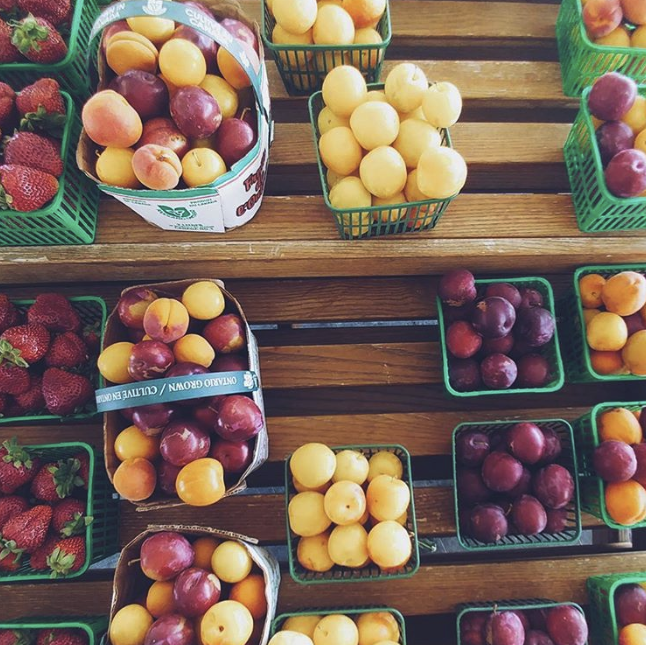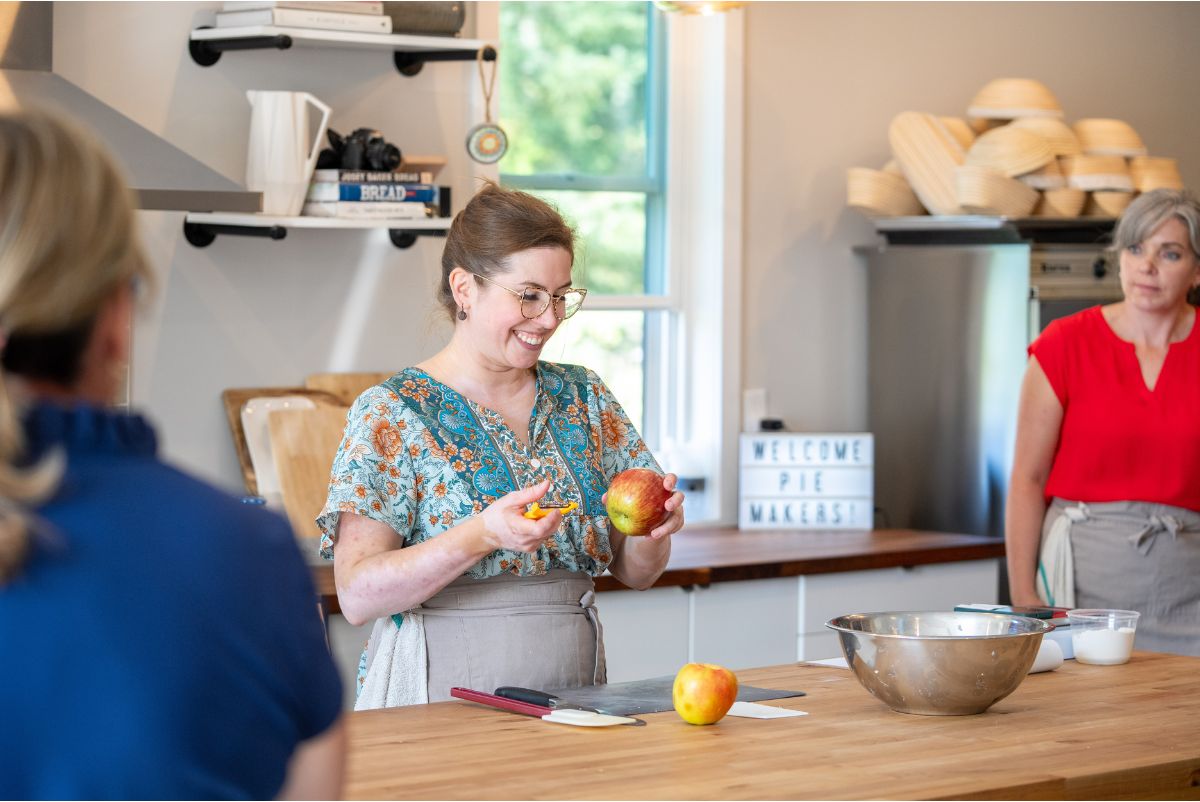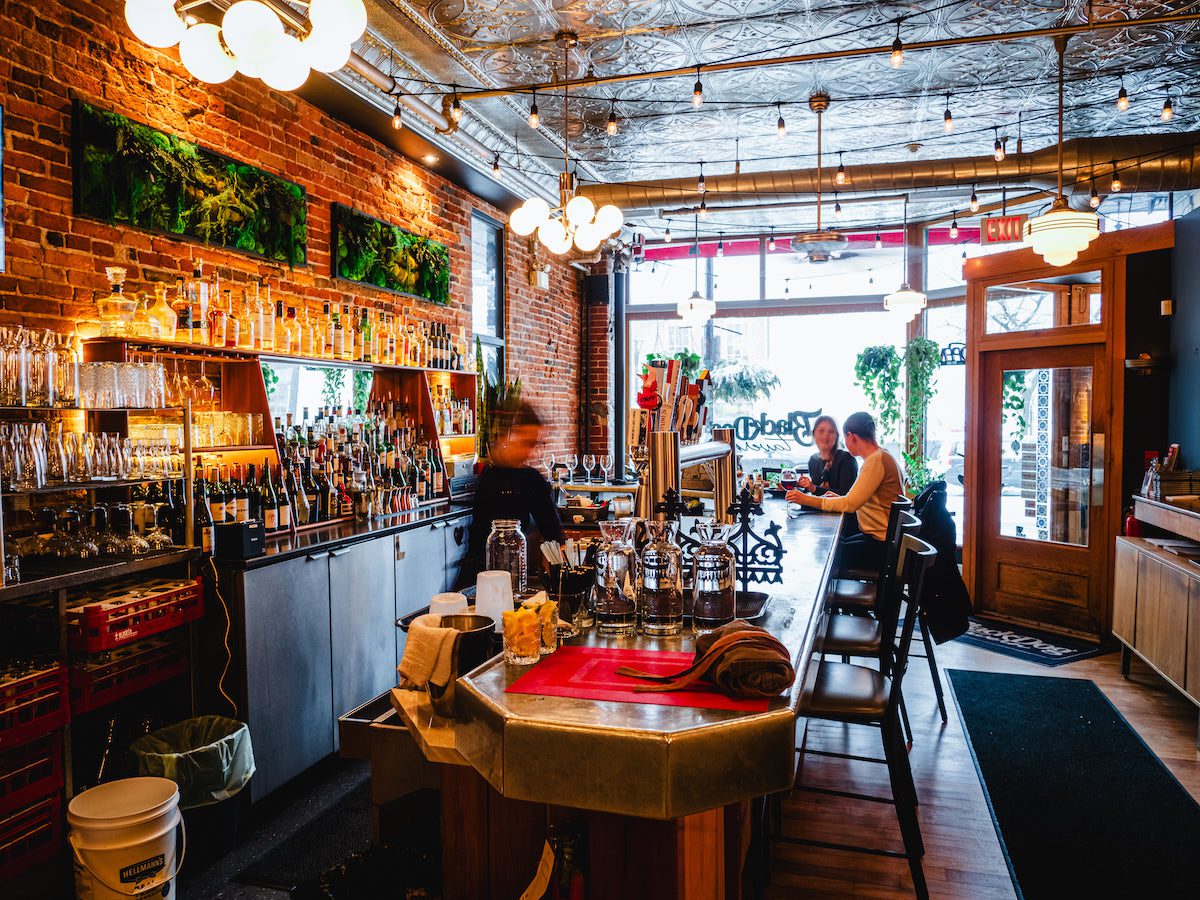When it comes to food tourism marketing, the power of visuals cannot be ignored. Take a quick look at your Instagram feed. Chances are, aside from the obligatory puppies or kittens, the rest of your feed is filled with snaps of food and travel, from friends, brands, and influencers.
While some of the photos may not be ‘next-level’, it’s extremely likely that all the photos from brands and influencers are exceptionally framed, staged, lit, and captioned. Why? Because stellar images are driving consumer interests, conversations, and purchases. Consumers have become conditioned to expect beautiful, compelling images to populate their social feeds, and it’s not just the food and travel worlds where this is the case.
“Consumers rarely purchase something if they have not seen, touched or felt it. They must ?experience� the product before purchase. For example trying on clothing or a pair of shoes. In the online travel space, travellers are only able to see our products, they cannot actually ?experience� them. In travel, our products are experiences, so this is very important.” – Clement Wong, BeMyGuest
It’s entirely likely that you’ve heard the phrase, “ooh, that looks good!”, more times than you can count. The better looking food is, the more crave-worthy it is. If you live in Toronto, you’ve seen the line-ups. The city is going through a bit of a phase, a phase whereby it’s perfectly acceptable to wait in line for an hour to get your paws on some kind of frozen treat. From Bang Bang Ice Cream to Sweet Jesus, line-ups for soft serve and ice cream are stretching out for blocks, and chances are, most of them are in line because they saw a picture of one of these ice cream sandwiches or soft serve cones on social media (likely Instagram), which triggered a craving.
Same goes for travel experiences; the more fun, interesting, or cool something looks, the more people want to do it. With travel, in particular, you want the photo to be so illustrative that people can imagine themselves doing that activity, visiting that market, or standing at that viewpoint. Images have the ability to make a service, food, or experience tangible by providing consumers with something visual to latch on to.
Images are your image, especially when it comes to food tourism marketing. From restaurants to roadside stalls, tours to trails, images matter.
Marketers need to understand that generating consumer interest, especially in the food and travel industries, is less about the words and more about the pictures. When you tempt travellers with a tantalizing picture of food, you immediately hook them in. Between hashtags, curated accounts, and account mapping, Instagram has quietly become one of the best travel planning resources. That’s definitely not something to ignore.
Consumers are falling over each other to purchase items or experiences that look good, that photograph well. They’re scrambling to locales that will provide that dramatic backdrop sure to impress their friends and followers. They’re in it for the photos, and guess what? That’s a good thing. Not only does it drive demand, it also drives a little thing called user-generated content (UGC), which is basically like marketing unicorn gold.
Are you leveraging imagery (ahem, marketing unicorn gold) in your food tourism marketing strategy? Here’s a quick checklist:
Is your food or experience Instagrammable?
Think hard about making it visually appealing:
- use colours and depth in your food; dishes that are one colour don’t photograph well (read: braised beef with brown bread)
- provide a striking background for you and others to photograph against
- set up tables / chairs / seating with a nice or interesting view
- let people know if there’s a particularly photogenic spot lurking around
- create unique photo opportunities
Do you have free wifi?
There’s an ongoing discussion about whether or not free wifi is turning us all into zombies (and we’re not going to entertain that discussion here!), but if you do opt for free wifi, visitors (especially foreign ones) will be able to share their photos of your food or experience in real-time.
How is your Instagram / online presence?
First things first, you really should have Instagram. Once you get an account, write an informative bio, link to your website, and upload a clear photo of your logo as your profile picture, then do these things: Ensure your handle is representative of your business (ideally it’s just your business name!) and thus easy to remember.
- create a hashtag, pop it in your bio, and use it, that way, consumers will catch on and they’ll use it too
- let people know what your handle and hashtag are, whether it’s on signage, menus, staff attire, etc
- like and comment on photos posted that tag you or use your hashtag
- use UGC to your advantage and “regram” (aka repost) photos that consumers have taken at your restaurant or experience, but make sure you credit them in the caption
- even consider hiring a professional photographer to get some great snaps for your social media and website
- use Instagram and your other social media accounts as a way to show off your personality as a brand, your people, your products, and your USPs.




